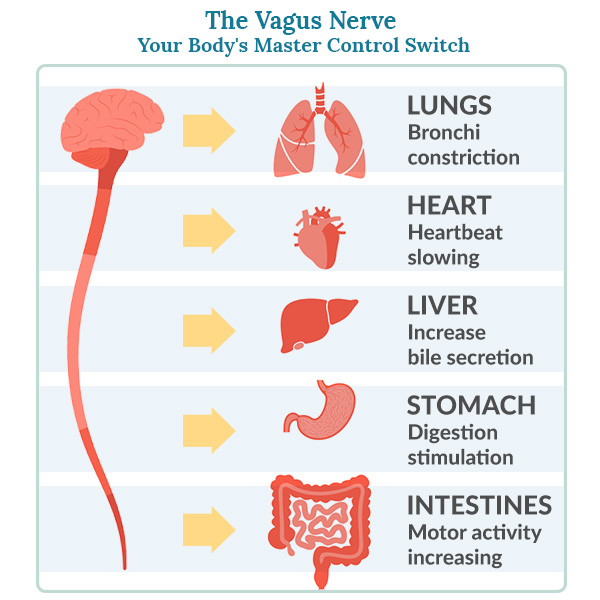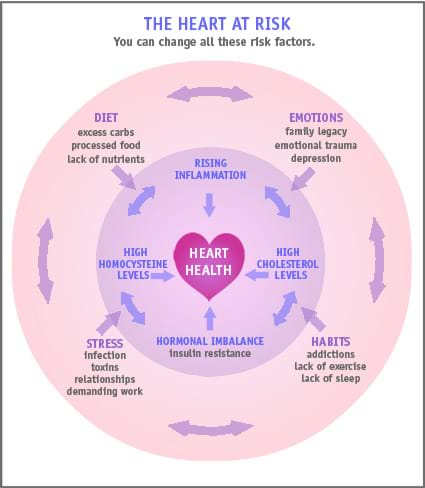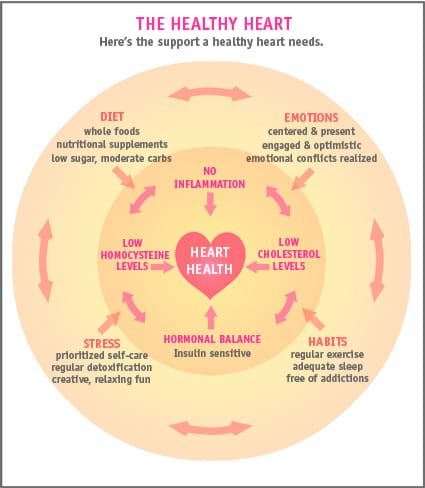By Dr. Sharon Stills, NMD
Stress triggers our body’s “fight or flight response,” which includes raising blood pressure. This is why living in a state of chronic stress, as many of us are right now, has such terrible consequences for managing blood pressure. High blood pressure, as you may know, increases your risk of developing severe complications from Covid-19.

But, there’s a solution to this problem — and it’s as easy as taking a few deep breaths. Slow abdominal breathing (also referred to as diaphragmatic breathing) stimulates the body’s Vagus nerve, which runs from the neck to the abdomen.

This miraculous nexus integrates our organ function, nervous systems and endocrine signaling. The Vagus nerve regulates our autonomic nervous system, too. This system is a kind of balancing act between our stress response (the sympathetic nervous system) and our healing response (the parasympathetic). When the Vagus nerve is activated, it shifts the balance to the parasympathetic, and so brakes the body’s stress reflex, allowing blood vessels to relax and widen.
And that’s not all! When the Vagus nerve turns on the parasympathetic neural reflex, it “jumpstarts” the immune response and regulates inflammation during a pathogen invasion or tissue injury.
So, in the simplest terms: stress turns off your immune system, and relaxation turns it back on. You can flip the switch just with your breath. Think of deep breathing as a workout for the Vagus nerve to help keep it strong and ready to support your immune function.
Want to take advantage of the benefits? It’s simple to get started with slow abdominal breathing:
1. Sit upright in a chair or lie on your back on a yoga mat or in bed, with your knees bent and your head supported with a low pillow.
2. Place one hand on your upper chest and the other on your belly, just below your rib cage.
3. Breathe in slowly through your nose, drawing the air in deeply towards your lower belly. The hand on your chest should remain still at first, while the one on your belly should rise.
4. Tighten your abdominal muscles and let them fall inward towards your spine as you exhale slowly through pursed lips. The hand on your belly should move down to its original position.
5. The inhale and exhale should both be relaxed, but make sure the exhale is longer than the inhale.
Practice this breathing pattern for at least 10 minutes a day. If you monitor your blood pressure at home, you can usually see a change in readings very soon after you start this practice.
You can step up your breathing game with more yoga-inspired breathing practices to lower high blood pressure.
Something else that helps with blood pressure? Try an Omega-3 supplement. An American Journal of Hypertension meta-analysis of over 70 studies confirmed that Omega-3 fatty acids EPA and DHA are beneficial for lowering high blood pressure. High blood pressure is tied to dysfunction in the endothelium, the layer of cells that line the blood vessels. Scientists have observed that Omega-3s help to improve blood vessel elasticity and blood flow, which in turn lowers high blood pressure. Omega-3s also support healthy immune cell function.
When choosing an Omega-3 supplement, make sure it comes from a quality fish source using technology that ensures it’s free of heavy metals, and contains both EPA and DHA. You can find more tips for lowering high blood pressure on my companion blog: High blood pressure — a coronavirus risk factor you have some control over.
Even in these uncertain times, we have the ability to make choices — big and small — that protect and support our health.
Now, take a deep breath. It helps.
Renata M. Lataro, Helio C. Salgado. “Vagal-Immune Interactions in the Control of Hypertension” Journal of Neurology & Neuromedicine https://www.jneurology.com/articles/vagalimmune-interactions-in-the-control-of-hypertension.html
Valentin A. Pavlov and Kevin J. Tracey. “The vagus nerve and the inflammatory reflex—linking immunity and metabolism” Nature Reviews Endocrinologyhttps://www.ncbi.nlm.nih.gov/pmc/articles/PMC4082307/












